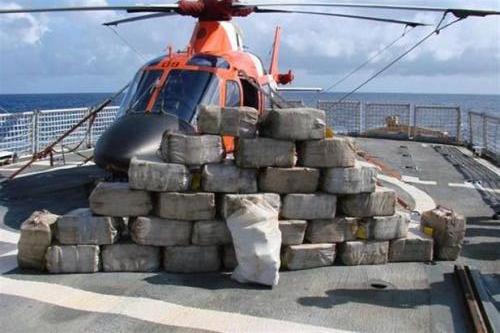2014 Drug Trends in Florida
Ketamine, LSD, MDMA and other prescription drugs join forces with marijuana, cocaine, heroin, and meth in Florida to create one of the highest rates of drug abuse in America. Florida is a focal point for drug entry into the US and the distribution begins within the state first, before moving out into the rest of the country. Every drug that is common has its share of the percentage points in the statistics for tracking drug use in this state. Florida’s d\rug problem continues to get worse.
What illicit drugs are most common in Florida?
While there is no one drug that exceeds the rest in use, the rate of illegal drug use is spread evenly across marijuana, cocaine, crack cocaine, heroin, meth and diverted pharmaceuticals. There is also a high rate of alcohol abuse, co-existing addictions and dual diagnosis rates within the state. The majority of the abuse demographics are focused on the youth culture but extend upwards into the late 30s and 40s. There is an alarming trend for those in the senior age ranges to be abusing drugs as well. Much of this is credited to the aging population of a generation for whom recreational drug use is seen as the norm.

Where are the drugs coming from?
Miami, Georgia and New York are the main sources of air and land influx of illegal drugs into Florida. There are many at-sea traffickers that can deliver from boats and airplanes that originate in the Caribbean, Cuba, Mexico and beyond. Florida remains one of the major entrance ways for drugs into the Southeast that rivals the role of Texas. It shares a receiving and delivery relationship with Texas and Arizona. While many of the South American drugs such as cocaine, heroin and marijuana may come from the west to Florida; Florida sends is synthetics and nightclub drugs out west. As one of the places on the major global party circuit – synthetics and prescription drugs such as MDMA has a strong presence in this state.
What is the impact on Florida of illegal drugs?
The cost of illegal drugs goes beyond the damage it can cost an individual. Deaths due to illegal drug use are the third highest category of substance related deaths in the state. For every death there are two costs, one hidden and one direct. The direct cost is on the budgets of the towns and cities who pay for the response, recovery and autopsy of drug related deaths. The indirect cost is multiple. Every drug related death represents a person who has placed a long term strain on the community and family by compromising health and the ability to provide for themselves.
What about illegal prescription drug use?
While there has been a small decline in the number of people who are abusing prescription drugs overall (ages 12 to 64) in Florida, the number of deaths resulting from diverted prescription drug use has risen, and is showing signs of continuing to rise. Opioid related deaths are the most increased within the past 4 years. It is estimated that part of the reason for the increase in death rates is the use of prescription drugs with other drugs, including alcohol and the increased purity of the dose available. The drug cartels have done a fairly good job of policing their own ranks to remove counterfeit dealers, but this means that many who have taken counterfeit opioids are now being exposed to above clinical doses.
How does rehab and treatment help stop illegal drugs?
One of the biggest problems in stemming the growth of drug abuse in Florida is the easy availability of illegal drugs in Florida makes it possible for people to experiment, to become users, and then become addicted rather than to seek longer-term solutions to their problems. This is why the involvement of the person in an intervention program, in-patient, out-patient and long term drug rehabilitation programs is essential in making sure that a person can quit using drugs, learn to handle their addiction and not return to drug use. It is only be working person by person to change the acceptance of drugs as a recreational or relief activity that the illegal drug trade in Florida can be eliminated.

